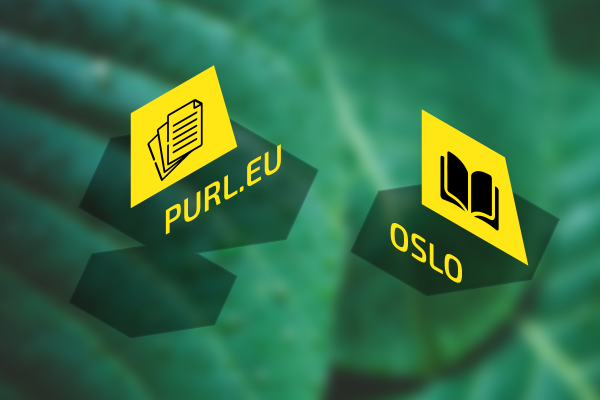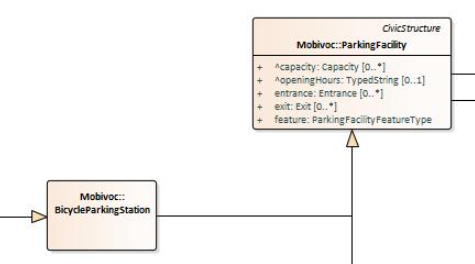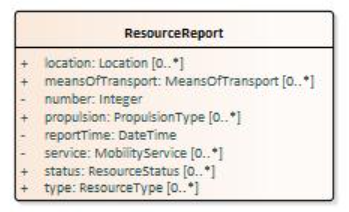
Data sources can be integrated with low effort when they are aligned using the same data models. Currently, there are plenty of data standardization initiatives (OGC, W3C, ETSI, Smart Data Models (SDM), OSLO, SEMIC), which all have their merits. In Greenmov, SDMs are used to reach data harmonization, which is an ideal fit for its compatibility with NGSI-LD Context Brokers. In this blog post, we will explain how standards from the OSLO initiative can be mapped to new SDMs and demonstrate our approach for the scenario of shared bikes availability.
OSLO
The Open Standards for Linked Organizations (OSLO) is a Linked Data standardization programme started from within the Flemish region of Belgium, but has recently also been expanded to an European level with the publication on https://purl.eu, which uses English as a common language. Two types of standards are being created: vocabularies and Application Profiles (APs). The first defines new terms or adds translations to existing terms. Note that new terms are only defined when no terms can be reused from other, international standards. The second provides a broad view of how different types of entities are connected in a certain domain: which properties and relations entities contain together with the term that must be used and its cardinalities. In SDM, one model is created per type of entity, which means that an OSLO AP can be implemented with SDM by specifying an SDM for each type of entity in the AP.
In the next paragraphs, we will demonstrate how we generated the SDMs BicycleParkingStation and ResourceReport from the OSLO Passenger Transport Hub (PTH) AP. These SDMs describe the number of available shared bikes and empty docks at a bicycle parking station, which are used for the bikes availability service in Greenmov (see previous blog post). Other possibilities of the PTH AP will be described in a next blog post.
BicycleParkingStation

The BicycleParkingStation entity (or class in OSLO terms) is a specialization of a Parking Facility (see figure) and Infrastructure Element. This means that all properties and relationships, such as capacity and opening hours, are inherited from these superclasses. A new SDM has been created by creating an example in NGSI-LD normalized format. In this example, a bicycle parking station is described with its total capacity and location, because these are mandatory for the Greenmov services. An important difference with other SDMs is that the original OSLO JSON-LD context is reused. This way, the terms in the SDM are aligned with the OSLO terms.
ResourceReport

The ResourceReport entity is used to summarize e.g. the number of shared bikes available at a certain location (e.g. a bicycle parking station). We provided an NGSI-LD normalized example containing all mandatory and optional properties to generate the SDM: its location, means of transport, number, propulsion etc.
We like to point out that the non-normalized NGSI-LD examples that are generated in the SDM fully align with the original semantic meaning of OSLO. An example can be observed using the JSON-LD playground. To conclude this blog post, we see benefits in both approaches of data standardization, on the one hand OSLO provides a broad semantic view in a certain domain, on the other hand SDM makes datamodel adoption easier with an example-first approach. Key is to align on the same terms, in this case with JSON-LD contexts.